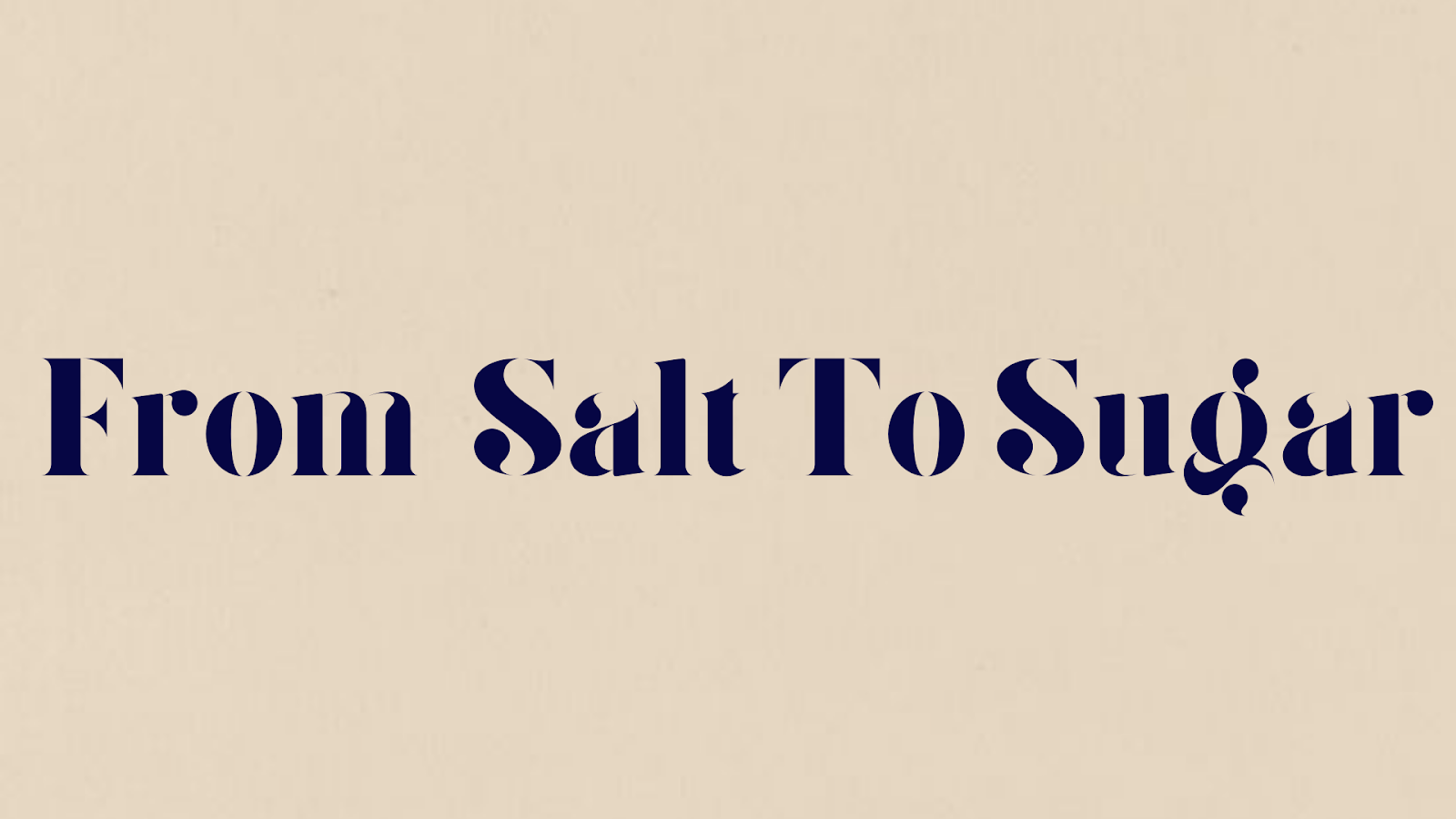Making bread at home might look hard, but with this homemade
milk bread recipe, you can effortlessly make this soft and fluffy loaf of
bread for breakfast, light snacks, or sandwiches. The readers will learn how to
make sweet and soft bread right in their home kitchen. They will also
understand the uniqueness of this bread and how it remains so light with greater moisture content.
The
Milk Bread Characteristics that Make it So Soft and Fluffy
Milk bread has such lightness in texture and richness in
flavor. It uses milk as its liquid ingredient and does not just use plain
water, which is one of the ways in which milk bread differs from common breads.
As a result, it is a tender and slightly sweet loaf, which many would like to
call sweet milk loaf.
The
Tangzhong Method
There is one special thing that makes the preparation of
milk bread interesting, and this is the Tangzhong method. This means cooking a
small paste of flour with milk and water before adding it to the dough. This
will assist in the maintenance of softness in the loaf for several days, giving
the loaf a bouncy texture.
The
Effect of Milk in the Bread
The milk helps add fat, sugar, and proteins to the dough.
All three add fat and protein to keep the dough soft and yeasts to give it that
golden color during baking. Milk also means the loaf will have the mildest
sweet taste for toasting/sandwiches.
Ingredients
and Step-by-Step Instructions
You may prepare this homemade milk bread using simple
ingredients likely available at home.
Ingredients
* 2 ½ cups all-purpose flour
* 3 tablespoons sugar
* 1 teaspoon salt
* 1 tablespoon dry yeast
* 1 cup warm milk
* 1 egg
* 3 tablespoons unsalted butter, softened
* ¼ cup flour + ¼ cup water (for Tangzhong paste)
Preparing
the Tangzhong
1. Combine ¼ cup water and ¼ cup flour in a small pot.
2. Heat on low until it thickens into a paste.
3. Cool and add to dough.
Preparing
the Dough
1. Combine flour, sugar, salt, and yeast in a bowl.
2. Pour in the warm milk, egg, melted butter, and the
Tangzhong paste.
3. Combine until you obtain a sticky dough.
4. Knead the dough on a lightly floured surface for 10
minutes until it becomes smooth.
5. Preheat oven to 425°C and grease bowl. Cover with cling
film. Let’s let it rise for about 1 hour or until doubled.
Shaping
and Baking
1. After rising, punch down the dough and cut it into three
equal pieces.
2. Roll each piece into a log and set them side by side in a
loaf pan.
3. Allow the dough to rise again for 30-40 minutes.
4. Brush a little milk or egg wash on the top.
5. Bake at 350°F (175°C) for 25-30 minutes, or until golden
brown.
Tips
for Perfect Milk Bread
Small variations can make a difference in the result of your
sweet milk loaf.
1.
Always use measuring cups/kitchen
scales. Too much flour will make the bread dense instead of light.
2.
Not letting the dough rise for
enough time will result in bad flavor and texture. Be patient and let it double
in size.
3.
Old yeast may not work well, which
can keep the bread from rising. Always check the expiry date before starting.
FAQs
What
makes milk bread different from regular bread?
Milk bread is made with milk (and sometimes eggs) and
is softer and sweeter than normal bread.
Can
I substitute plant-based milk for dairy milk?
Yes, almond/oat milk will work, but the texture and taste
may be a bit different.
How
long does homemade milk bread last?
In an airtight container, it will remain soft for three days
at room temperature.
Can
I freeze milk bread?
Yes, you can slice and freeze it. When you're ready to eat,
just toast it or heat it up.
Conclusion
A homemade milk bread recipe is a great way to
introduce tender, delicious bread into the home kitchen. With simple
ingredients and easily taught steps, anyone can have fun making a new loaf. The
Tangzhong approach, combined with milk and butter, produces the ideal sweet
milk loaf that remains light and airy. Baking this bread is not merely
cooking—it's about giving warm comfort and loving care.
Meta
Description
Learn to make light, tender bread with this simple homemade
milk bread recipe with easy ingredients and the Tangzhong method.







0 Comments